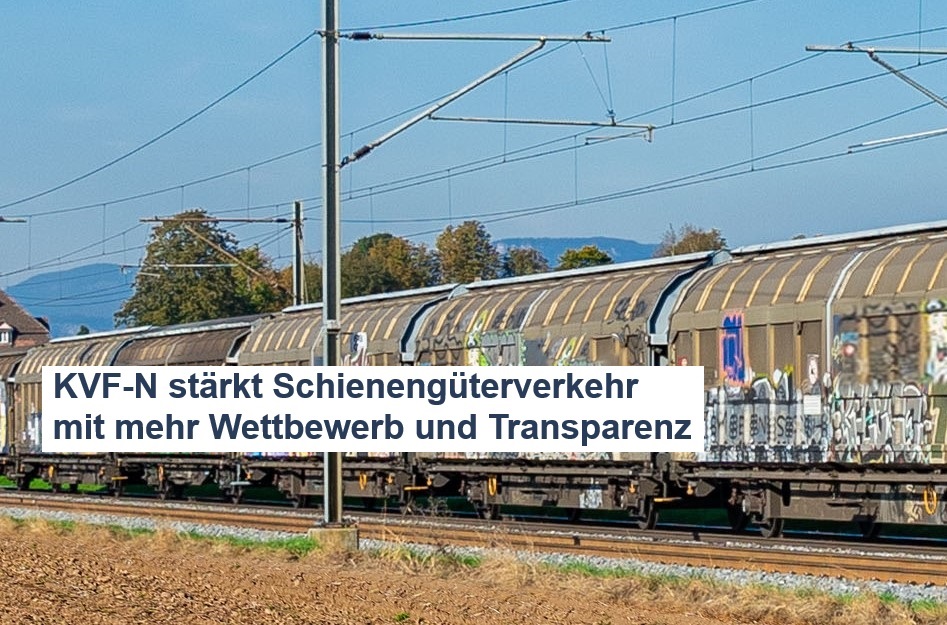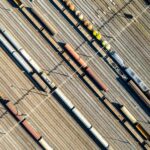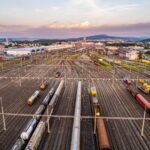The National Council’s Preliminary Consultation Committee (KVF‑N) is proposing that the Council approve the credits for the introduction of digital automatic coupling (DAK) and the temporary compensation for single wagonload transport (EWLV), including the ordering of freight transport, as part of its 24.017 business. It also makes some crucial clarifications to the legal text: Competition is to be promoted more intensively and cross-subsidisation between subsidised and self-subsidised services is to be prevented through the disclosure of key figures and financial flows in the annual reports of the rail freight companies. In addition, the KVF‑N wants to explicitly include inland waterway transport in the draft law in order to create more legal certainty.
On the other hand, the goal of increasing the share of rail freight transport added to the law is not very effective. This message should rather be directed at the market-dominating, state-owned SBB, which continues to drive traffic away from the railways with its current offer and pricing policy.This undermines the last of the customers’ trust in the efficiency and will of the state railway.In fact, the measures envisaged in the proposal are more effective than ambitious targets:Rail freight transport can gain market share through the planned digitalisation and the transformation from a 19th century system into the 21st century.
The increased promotion of competition between rail freight companies, in combination with the temporary compensation for EWLV, could soon lead to a broader range of services and growing market share for rail. In this respect, the more precise proposals of the KVF‑N are likely to be far more effective than non-binding modal shift targets, which are also contrary to the constitution.
Regrettably, the proposals for more transparency and competition in the construction and operation of transhipment facilities did not receive a majority.



